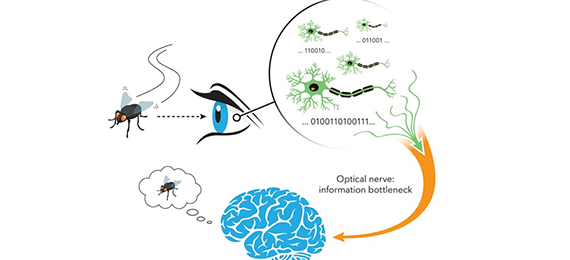
Since the dawn of time, the only way for us to express ourselves has been through physical activities like speaking, moving, or typing out an ill-considered tweet. While still in their infancy, brain-computer interfaces (BCIs) may offer a new way to share our thoughts and feelings directly from our minds through computers. To put it in a simpler term, it is more or less like converting our thoughts to text with the help of mind-reading technology.
For decades, neuroscientists have been recording nerve cell activity in animals. However, some famous scientist’s ambition is to connect the human brain with computers, as they are astounding in their scope. Future-thinking entrepreneurs and researchers want to listen to our brains and possibly reshape our thinking with the help of thought-reading technology.
But, before we proceed with this new generation of mind-reading technology, do we fully comprehend its implications?
How Is Information Encoded in Neurons?
- A. With the help of an electric pulse
- B. With the help of action potentials
- C. With the help of internal noise
- D. All the above
What is Neural Mind Reading?
To decode the original stimulus, brain-reading or thought identification uses the responses of multiple voxels in the brain evoked by stimulus and detected by fMRI. Human neuroimaging uses non-invasive measurements of a person’s brain activity to decode a person’s conscious experience. Neural mind reading will differ according to the type of decodings, target, and also decoding algorithm.
How to Read People’s Minds?
Researchers have created software that matches readouts from people’s brains’ thoughts to text or words or pictures. Future readouts can be read, interpreted, and used for a variety of mind-revealing or mental-control applications once they have been mapped.
Some researchers have developed a face-mounted device, as well as a machine-learning application, that performs real-time speech-to-text conversion but without the speech component.
The device’s electrodes intercept neuromuscular signals sent by the brain to the face, which are then transcribed into text by the machine-learning application. It substitutes “subvocalization” or “silent speech” for vocalization.
A neural network or neural encoding is used by researchers to match specific neuromuscular signals with specific words. Each person’s physiology is unique. After 15 minutes of customization and training, the researchers were able to achieve 92 percent accuracy.
In addition, the device provides bone conduction output. That is, you could make requests of a virtual assistant and receive responses audible only to you, all without the knowledge of those sitting directly in front of you. This is an unusual application of mind-reading technology because it does not “read” thoughts in general, but rather “instructions” sent from the brain to the face to speak.
Furthermore, it simply takes an existing behavior like audible interaction with a virtual assistant and turns it silent and invisible, by broadening the range of situations in which a virtual assistant could be useful.
The ability to detect and control electrical activity in the brain via the scalp will soon transform medicine and society in profound ways. Electrical activity patterns in the brain can reveal a person’s cognition, both normal and abnormal. New methods for stimulating specific brain circuits have the potential to treat neurological and mental illnesses as well as control behavior.